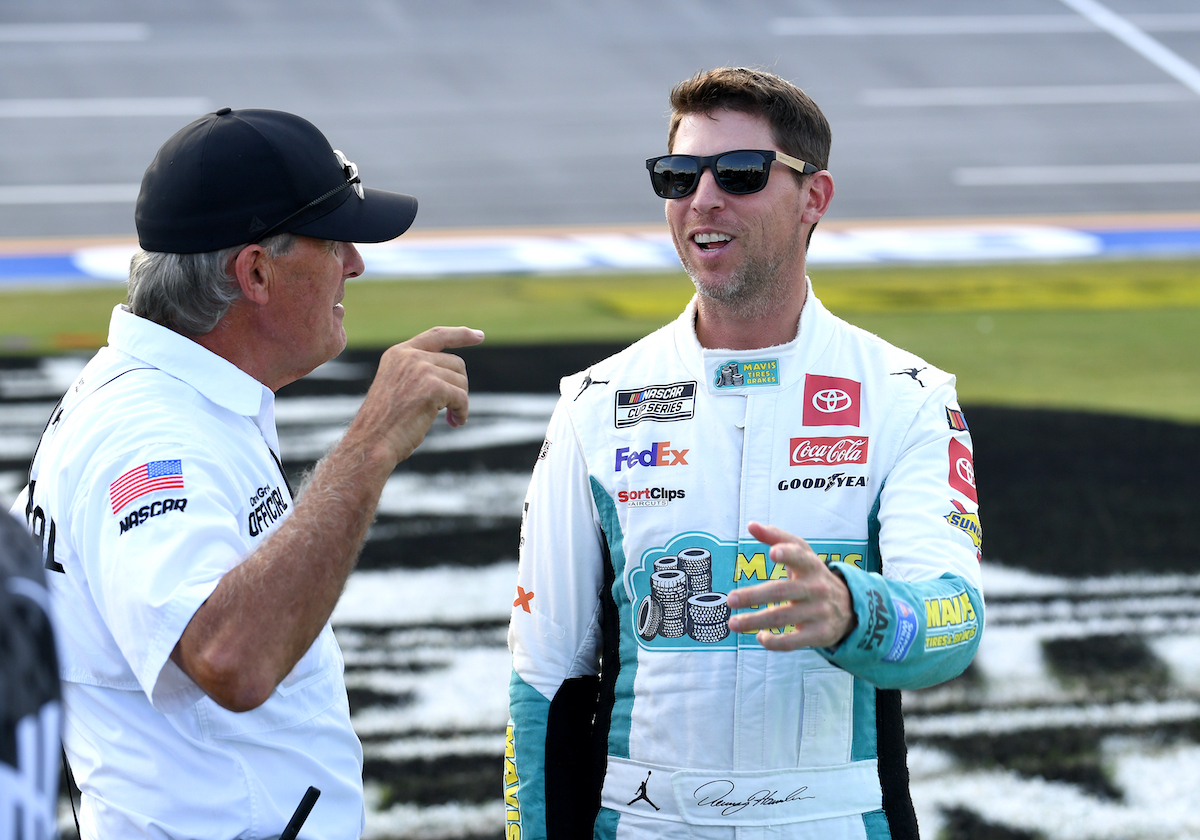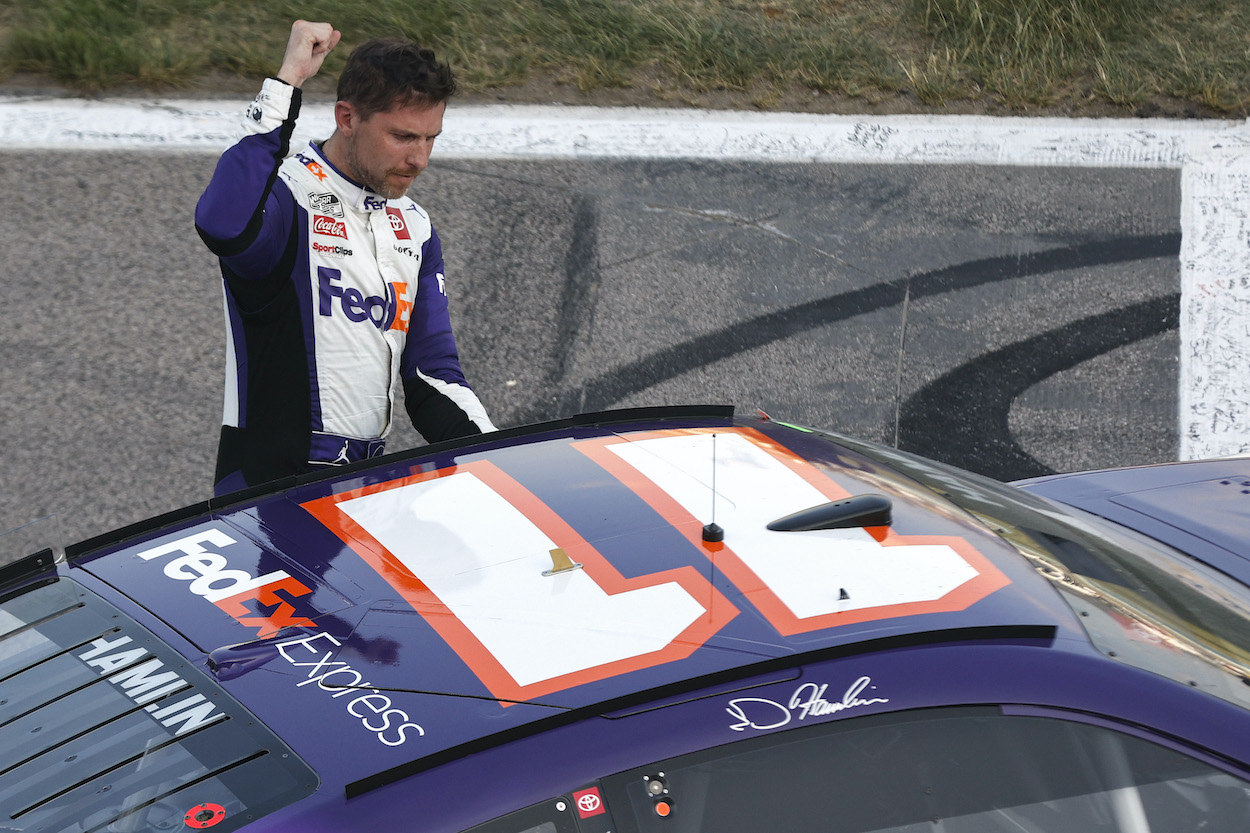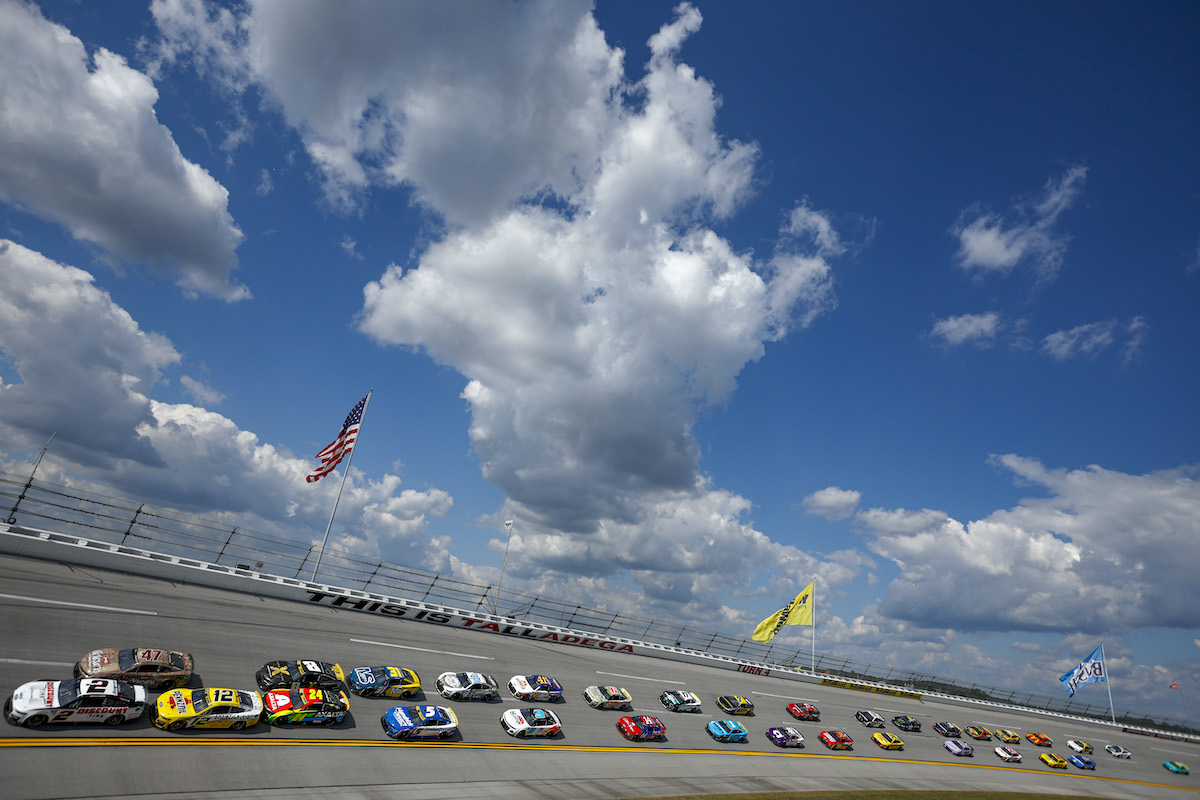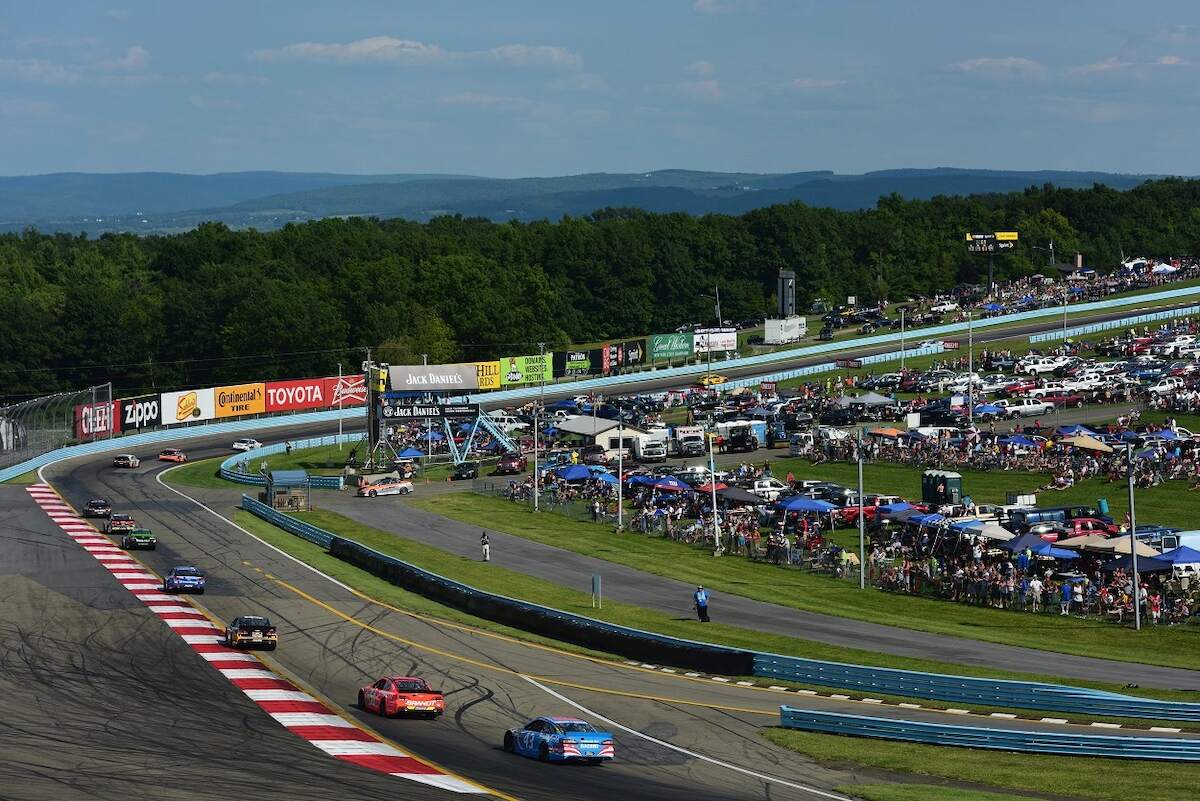
The Heartbreaking Death of a 7-Year-Old at Watkins Glen Transformed Road-Course Racing Forever
Motorsports racing in Watkins Glen didn’t always take place on the beautifully-constructed road course we know today.
Starting in 1948, a 6.6-mile race sanctioned by the Sports Car Club of America (SCCA) and backed by the Watkins Glen Chamber of Commerce took place on the local roads of the small New York village. Spectators lined the city streets to watch the cars zip past with little or no protection between them and the action.
And that lack of safety led to the death of a seven-year-old boy, a death that changed the path of road-course racing forever.
A 7-year-old boy was killed in a road race in Watkins Glen in 1952
During the fifth edition of the 15-lap Watkins Glen Grand Prix on September 20, 1952, Fred Wacker, the grandson of the man for whom the famous Chicago street is named, was battling John Fitch for second place in an attempt to catch leader Briggs Cunningham.
As the pack hit the front stretch near the start line, Wacker hit the outside in preparation for a sharp, 90-degree, right-hand turn. In doing so, he set up a possible collision between himself and Fitch, which both tried to avoid.
It must be noted that while several portions of the course were lined with hay bales for safety, this particular section was not, as race organizers felt the curb was enough to keep the cars away from the spectators.
So when Wacker swerved left to avoid hitting Fitch, his Allard J2 clipped the curb and bounced up and into the crowd. A dozen people suffered injuries, from broken legs to knee fractures to deep lacerations, but at least escaped with their lives. Tragically, the same couldn’t be said for seven-year-old Frankie Fazzary, who died due to his injuries.
Per the Verve Times, Schuyler County Coroner’s Office merely ruled Fazzary’s death as an accident and didn’t release details. But several papers claimed his head was crushed in the melee, citing a flying hubcap as the possible cause. The race never resumed.
The tragedy changed road-course racing forever
As you can imagine, the tragedy sent shockwaves through the motorsports world. When Watkins Glen canceled its road-racing events, the rest of the country followed suit as no race organizer wanted their event to be responsible for the death of anyone, especially a child.
Not wanting to get out of the racing game completely, Watkins Glen proposed a solution for the 1953 edition. Instead of holding the Watkins Glen Grand Prix on city streets, the village would contest it on a purpose-built closed track. With young Fazzary in mind, crowd safety would, of course, be the top priority during construction.
The result was a 4.6-mile track surrounded by snow fence. If a section of the course was deemed dangerous, spectators weren’t allowed anywhere near it. Specific spots along the route allowed crowds, taking away the free-for-all that came with the original layout.
But even this course was only a temporary fix as the first version of the Grand Prix Circuit we know today at Watkins Glen International opened in 1956, the same year the NASCAR Cup Series made its debut at Road America, the Wisconsin road course that opened a year earlier.
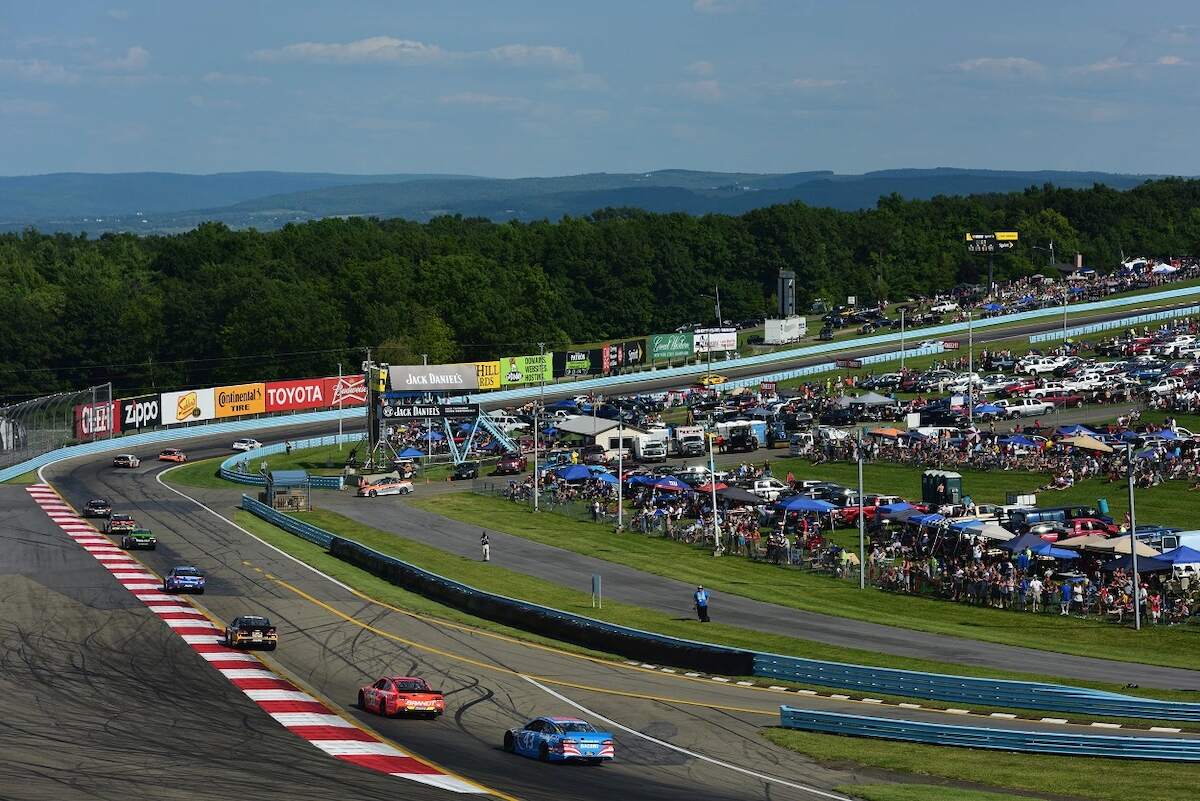
NASCAR made its way to Watkins Glen for the first time in 1957.
In the 10 years that followed, in lieu of hosting races on public streets, 10 purpose-built road courses were carved out with spectator safety at the forefront when picking locations. More than 60 such tracks now exist in the United States alone.
So while Frankie Fazzary’s death remains one of motorsports’ most heartbreaking tragedies, the events of that fateful day in Watkins Glen saved countless lives over the last seven decades.
Like Sportscasting on Facebook. Follow us on Twitter @sportscasting19 and subscribe to our YouTube channel.
